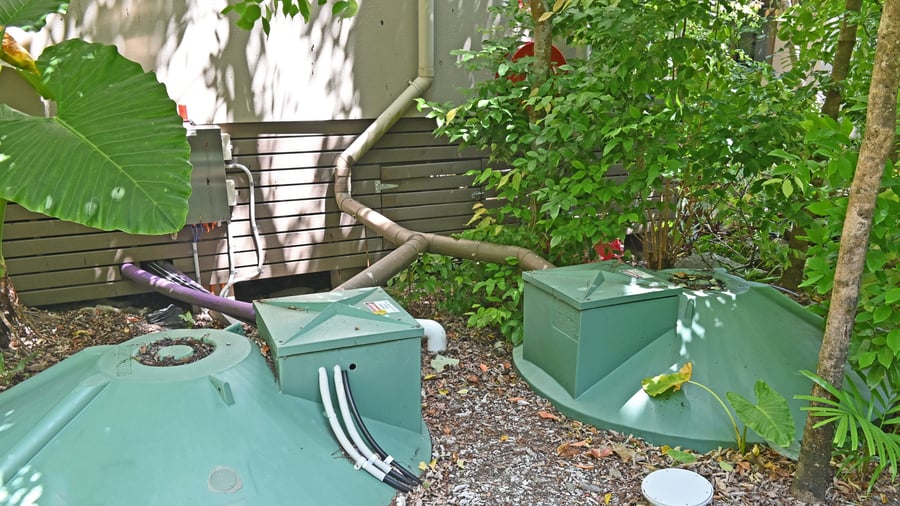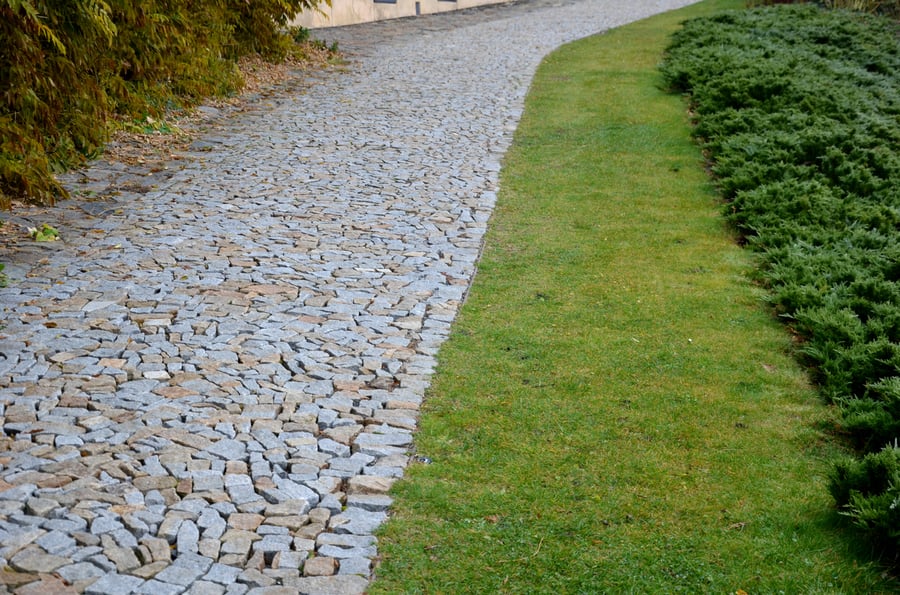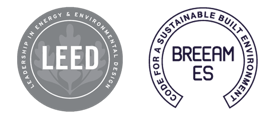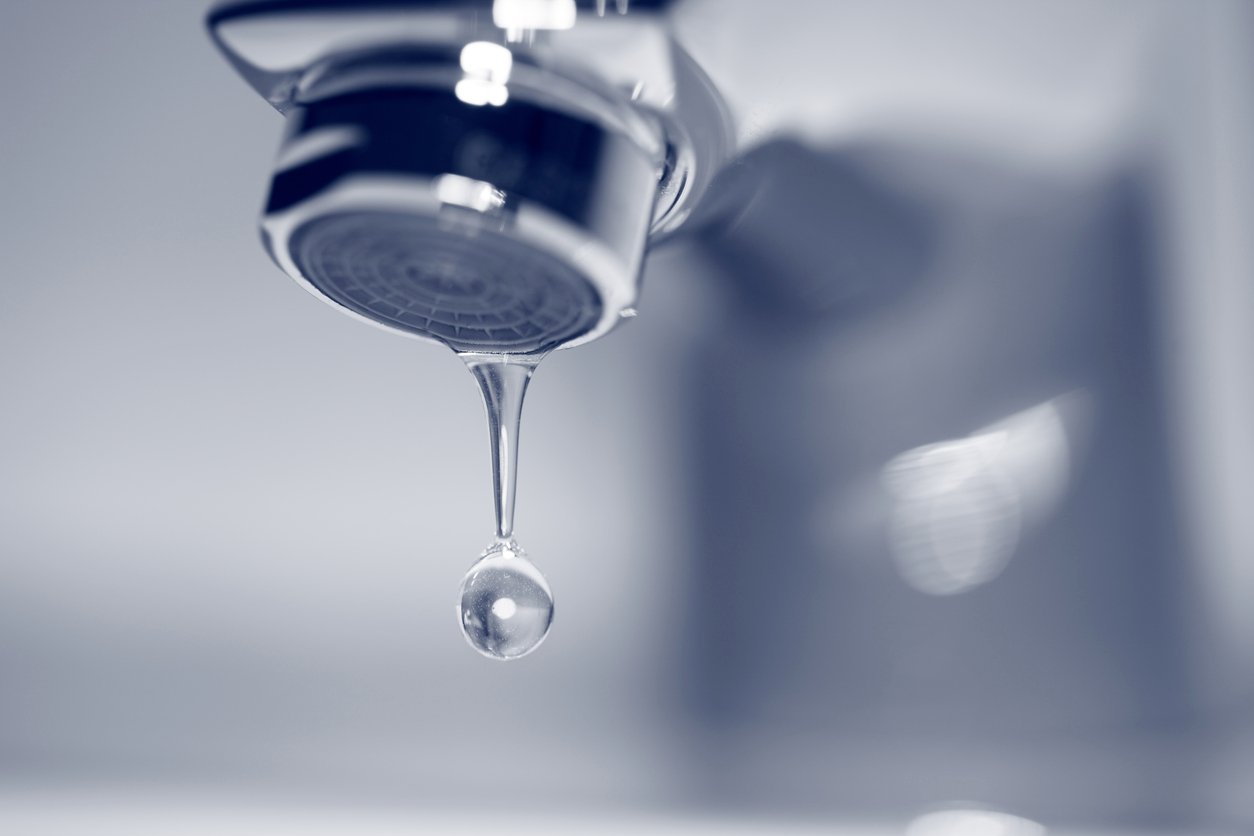Water is a fundamental resource for life, health, and human development. However, its availability is limited, and pressure on freshwater sources increases with population growth and urbanisation.
Water use is part of our daily life, from the moment we wake up until we go to bed. We demand large quantities of litres of water, without being very aware of how many litres we end up wasting.
Therefore, reducing our water use and recycling the water we use is an increasingly utilized and necessary alternative. It is also an increasingly common condition when it comes to constructing sustainable buildings and achieving sustainability certifications such as LEED or BREEAM.
Reuse of water at the building level
We can give a second life to the water we use at different levels. Starting with water recycling at the building level, this involves the implementation of water treatment and reuse systems within the building structure itself, allowing for reduced dependence on external sources.
Some of the measures to recycle water in a building are:
- Rainwater harvesting: By installing rainwater collection systems on the building's roof, it is possible to store water for later use in non-potable applications, such as garden irrigation.
- Greywater treatment: Grey water, originating from non-contaminating sources such as sinks, showers, and washing machines, can be treated through filtration and disinfection systems for reuse in activities such as plant irrigation or toilet flushing.
- Water recycling in industrial processes: In the case of commercial or industrial buildings, water recycling can be extended to specific processes that require large volumes of water, such as cooling or industrial cleaning through advanced treatment systems.

Rainwater collection systems
Water recycling in cities
At the urban level, water recycling becomes even more relevant, especially in highly populated environments where water demand is high and water resources are limited. Some of the strategies and technologies used in urban water recycling include:
- Advanced wastewater treatment: Through chemical treatment processes, it is possible to purify wastewater for reuse in applications such as urban irrigation or aquifer recharge.
- Reuse of rainwater: In addition to the collection of rainwater at the building level, cities can implement systems for the collection and storage of rainwater at the urban level, using this source for the irrigation of parks and green areas, the filling of ponds, or the recharge of underground aquifers. Stormwater management is carried out through SUDS, Sustainable Urban Drainage Systems.
- Desalination and reuse of seawater: In coastal regions where fresh water is scarce, desalination of seawater can provide an alternative source of drinking water. Additionally, desalinated seawater can be combined with treated wastewater to increase the availability of non-potable water for urban uses.
Successful implementation of urban water recycling systems requires close coordination between local authorities, private companies and the community at large. Clear policies and regulations that encourage the adoption of sustainable practices and promote citizen participation in water management are essential.

Sustainable urban drainage systems in cities
How do Sustainable Certifications address water recycling?
 BREEAM and LEED, two of the most prestigious sustainability certifications worldwide for buildings, stand out for their focus on water use reduction and reuse. Both certifications have a specific category dedicated to water (Water in the case of BREEAM and Water Efficiency in the case of LEED).
BREEAM and LEED, two of the most prestigious sustainability certifications worldwide for buildings, stand out for their focus on water use reduction and reuse. Both certifications have a specific category dedicated to water (Water in the case of BREEAM and Water Efficiency in the case of LEED).
It is important to note that the main objective of these categories is to reduce water use, either through the installation of low-flow faucets or the selection of low-water-use vegetation for green areas. In addition, proper monitoring of water use is essential, either through smart meters or a BMS system.
Once it is ensured that buildings reduce their water use, water recycling is also considered in these categories. In the case of BREEAM certification, the reuse of greywater or rainwater is rewarded, which is reflected in the AG1 and AG4 credits of the certification. Grey water, originating from activities such as washing dishes, showering, or washing hands, can be treated and efficiently reused for sanitary purposes. In the same way, the recycling of rainwater is also encouraged, allowing for significant water savings each time a cistern is flushed.
In the case of LEED, the reuse of rainwater is included in the Sustainable Sites category, specifically in the Rainwater Management credit, which can award up to 3 points in the certification. In this credit, rainwater is valued as a valuable resource and techniques are promoted to minimize disturbed areas in the project environment, limit impermeable surfaces, and infiltrate, filter, store, evaporate, or retain rainwater near its source.
In conclusion, water recycling in buildings and urban environments is a fundamental practice for the conservation of this vital resource. From rainwater harvesting to wastewater treatment to greywater reuse, every action counts in building a more sustainable future. The collaboration between different actors, the development of advanced technologies, and the compliance with sustainability certification standards are key steps towards efficient and responsible water management in our communities.


